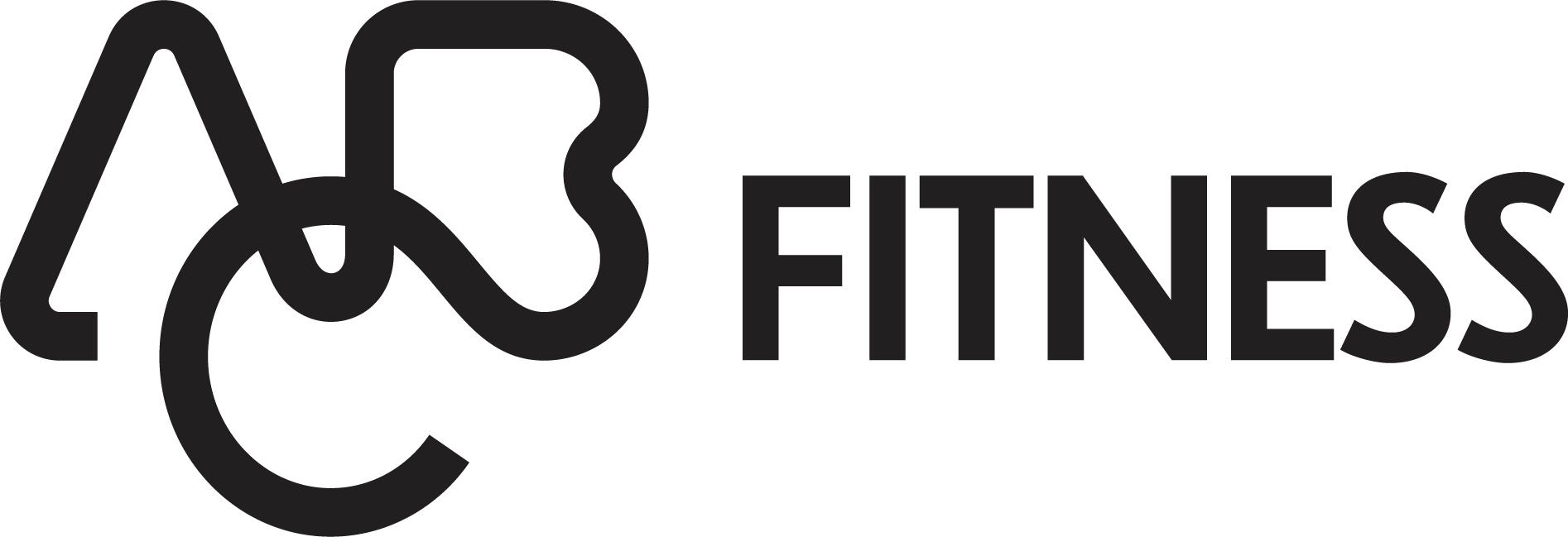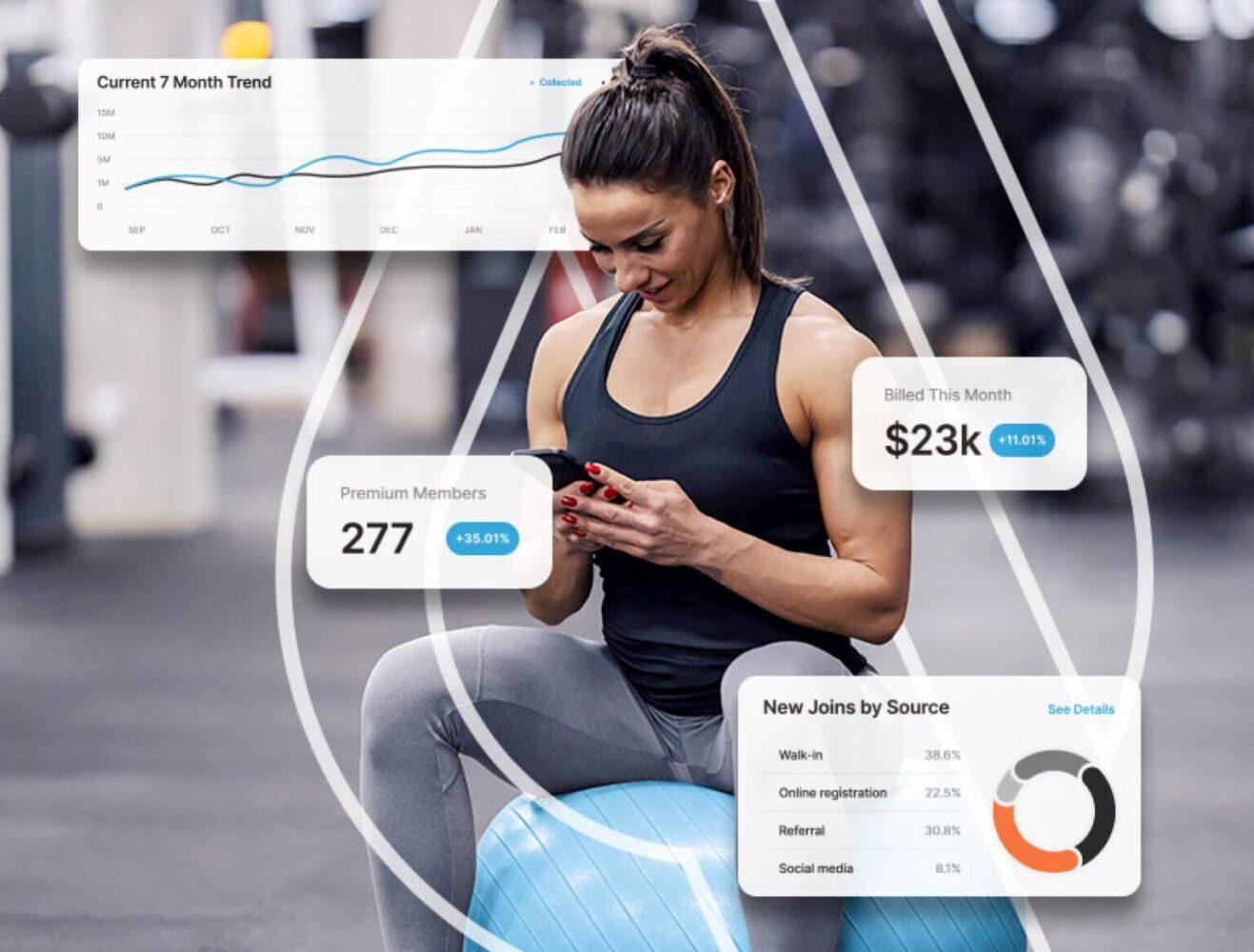What’s Measured Gets Improved
By: Melissa Knowles
During a call with a colleague last week, the subject of business measures came up. He was lamenting on the challenge of getting his clients to measure the success of their sales systems beyond the number of PT packages they sell each month. He mentioned that a typical response to the question, “What is your closing percentage?” is, “It’s pretty good.” As you’d imagine, he gets the same response to his question concerning appointment setting goals and show percentages. I can see the shoulder shrug that goes along with this answer. It’s the same shoulder shrug that would accompany the response to the question, “How do you plan to improve your department’s performance?” How can you improve what you don’t measure?
Our industry is great at driving sales. We have countless sales training meetings and calls. We role play every scenario. And hopefully, we are at least tracking things like set/show/close, tours given, and cancellation numbers. But I’ve noticed a lot of fitness businesses are really missing the proverbial buck when it comes to ensuring the revenue stemming from those hard earned membership sales and PT conversions stays in the bank. If you’re shaking your head and thinking, “Not me Melissa. I prepare, review, and act on my key performance indicators (KPIs) on a regular basis,” great! If, however, sales numbers are about the extent of your reporting, then I’d encourage you to read on. Here are ten basic KPIs to get you started:
Cost Per New Member
This number looks at both the marketing cost and payroll cost (membership sales personnel base pay + commissions) for each new membership closed for the month. It can give you a great idea of how long you need to retain a member before you actually start making money (before other expenses). It can also let you know if your marketing or pay plan structures are a bit out of whack.
Payroll as a Percentage of Revenue
It’s easy to allow your organization’s payroll cost to balloon out of proportion if this isn’t something you constantly monitor.
Personal Training as a Percentage of Revenue
At some point you are going to maximize your membership base revenue. It’s imperative that you have another healthy draft stream. A well-functioning PT department is necessary for the longevity of any gym (aside from, some would argue, the low-cost model). What percentage of your members are working with a member of your training staff? Training is a win-win– it adds to your draft and it increases member retention.
Member Retention
How long are your members staying with you on average? You can’t afford to guess on this one.
Cancellation Numbers…and Reasons
Who is leaving? When? Why? If you don’t know when members flee and why, how can you possibly improve?
Who Are Your Core Members?
These are the guys coming in at least 8 times per month. What they can offer through club experience feedback, referrals, and reviews is pure gold. What percentage of your total membership base is comprised of core members?
Who Are Your Lost Sheep?
Unless you’re counting on the whole “they’ll forget they’re paying for their gym membership and never cancel” system to work, you need to know who these guys are. And more importantly, you need to reach them and help them find their way back into your club.
Decline Charges Percentage and Percentage Collected?
Sure you’re attempting to draft $90,000 each month, but how much of that is hitting your bank? What percentage of declined payments are getting picked up on retries and through your past-due communication process?
Cost Per Square Foot vs. Revenue Per Square Foot
Over-spending or under-performing? Maybe both?
Non-Dues as a Percentage of Revenue
How well are those protein bars, drinks and club branded apparel performing in comparison to your overall revenue?
These are just a few KPIs you can review each month to really get a feel for how your club is truly performing beyond “we signed up 120 new members last month”. Setting bench marks based on industry norms or your own personal business goals will give you multiple, new targets to hit each month. You can organize lagging areas in order of importance and work toward improvement one number at a time. When a spread sheet comes alive in the form of better figures at the bottom of your P&L, suddenly measurements seem exciting!
Melissa Knowles serves as the CEO for Gym HQ. With over a decade of industry experience, her knowledge spans many areas: strategic operations, development of staff training materials and programs, cost savings analysis, reporting development and implementation, fitness department overhaul, client retention systems, and corporate management. She’s especially well versed in all operational and HR focused areas; and she holds an HR certification through SHRM. What makes her uniquely qualified as an industry leader is her time spent “in the trenches”. Melissa is a graduate of the University of West Florida and holds an MS in Exercise Science and a BS in Sports Medicine.


